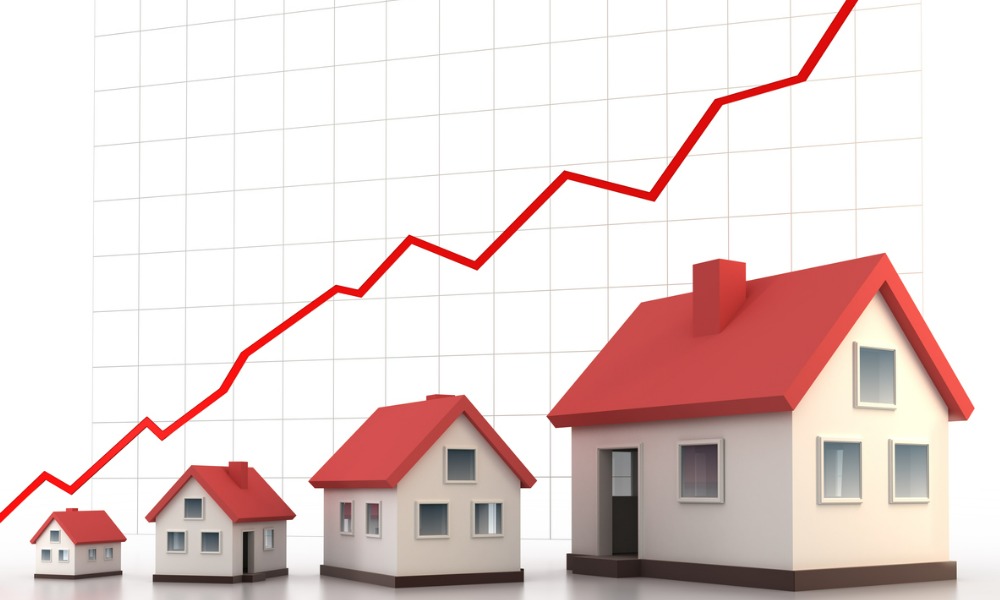But sales may not grow significantly until cost and delivery problems can be resolved, expert says

Despite a drop in new housing starts, the sales of new single-family homes inched up to an annualized rate of 708,000 in July.
That figure is 1% above the revised June rate of 701,000. Still, it is 27.2% below the July 2020 estimate of 972,000, according to data released by the US Census Bureau and the Department of Housing and Urban Development.
Kelly Mangold, principal at RCLCO Real Estate Consultanting, said that the uptick in new home sales was “because of buyers’ pent-up demand and the slight influx of completed inventory that was able to hit the market in mid-summer.”
Read more: What’s happening with US housing starts?
“After trending downward for much of the past year, new home sales appear to have leveled out over the past three months,” Fannie Mae deputy chief economist Mark Palim added. “With continued strong price appreciation in the existing home market, low mortgage rates, and a limited inventory of existing homes for sale, demand for new homes should remain strong. A positive sign in the report for future sales is a further increase in the number of homes for sale at the end of the month, which hit the highest level since November 2008.”
The Bureau and HUD estimated that the seasonally adjusted supply of new homes for sale at the end of the month was 367,000, representing a 6.2-month supply at the current pace of sales – the highest since last April. The median sales price of new houses was $390,500, compared to the average sales price of $446,000.
“It is not expected that this figure will grow meaningfully until some of the uncertainty about cost and delivery timelines can be resolved, because supply-chain issues and other constraints will continue to moderate the pace of deliveries and sales,” Mangold said.
However, Mangold noted that the overall trend in home sales was higher than in previous years and that the recent decline in sales has started to reverse.
“This means that new home deliveries are coming closer to matching the demand generated by household growth,” she said. “America has under-delivered housing units since the Great Recession, which has contributed to the increasing cost of housing.”



